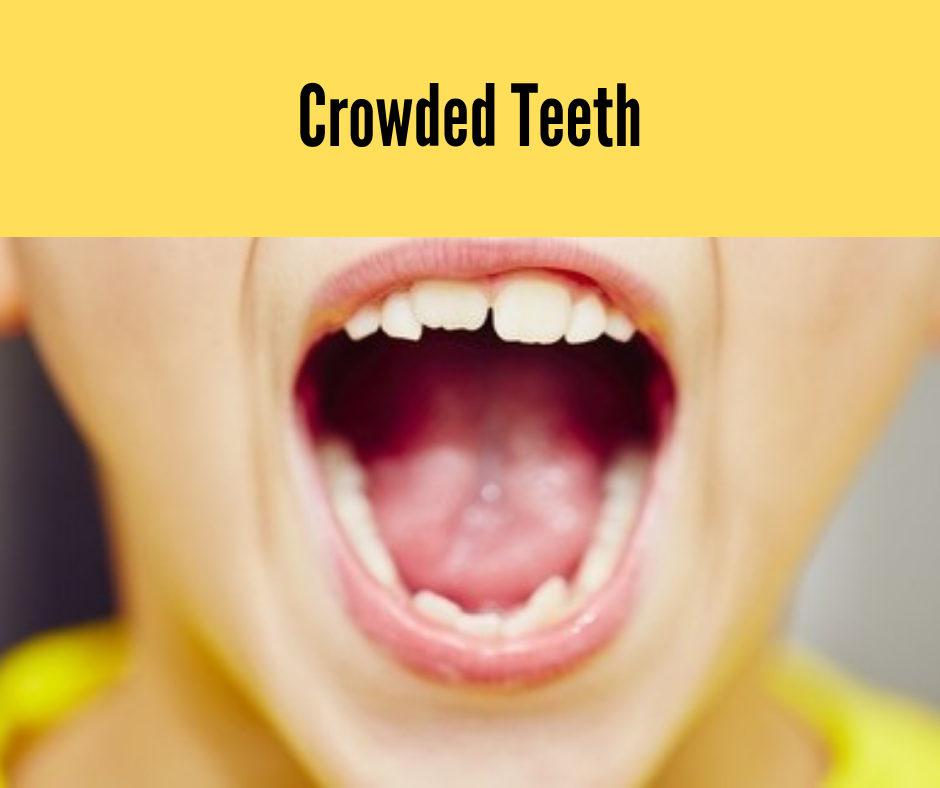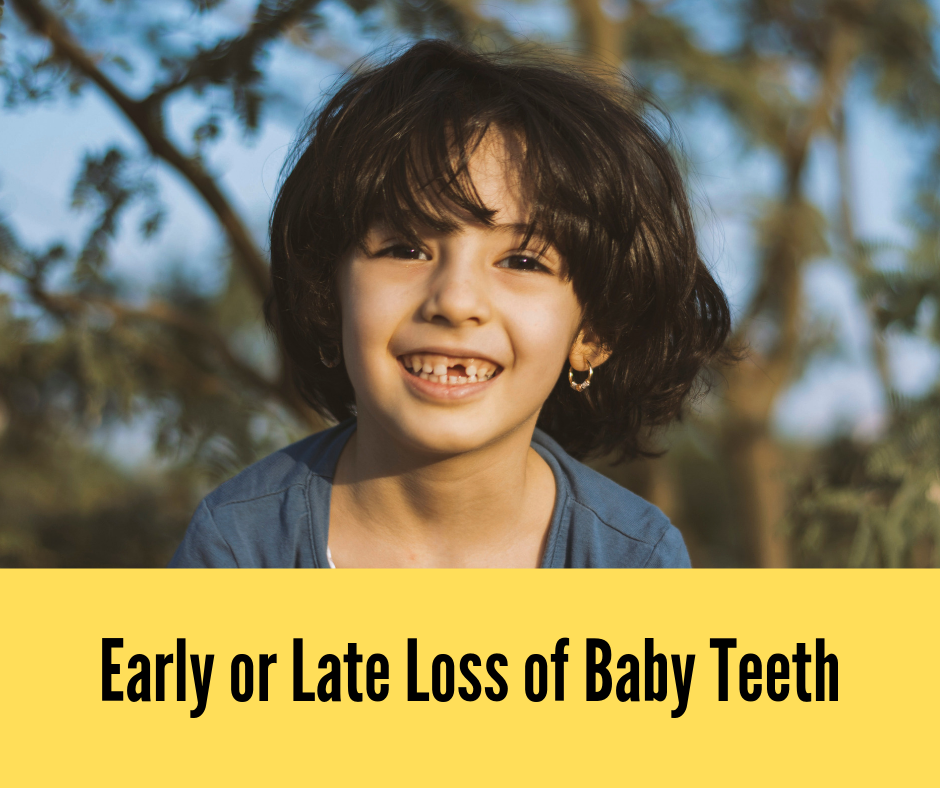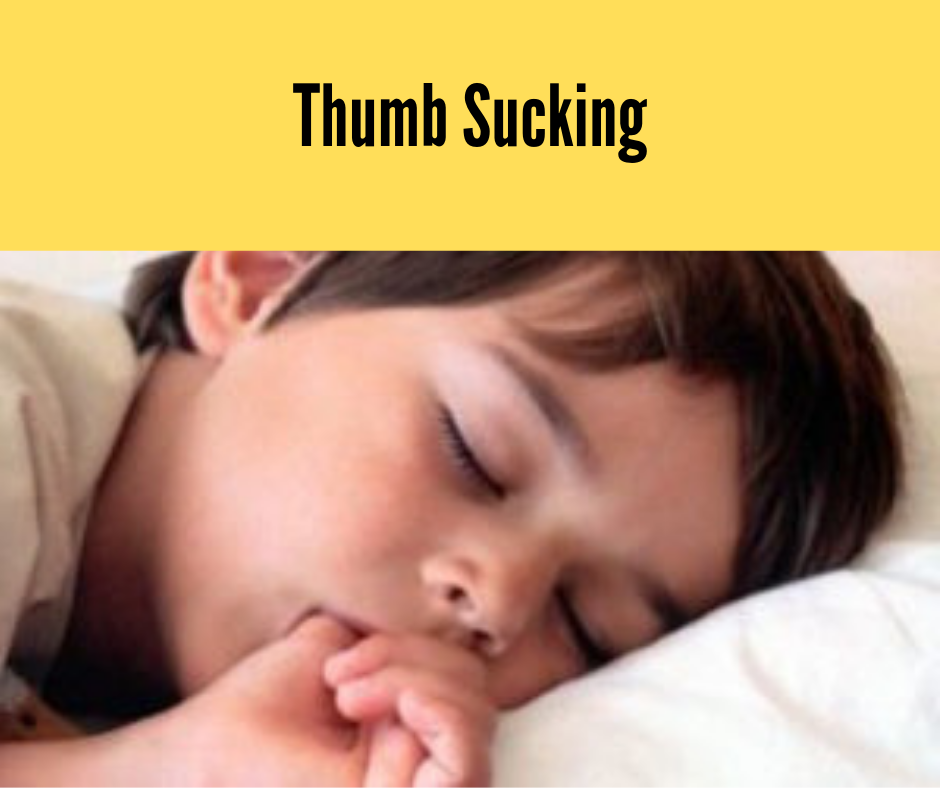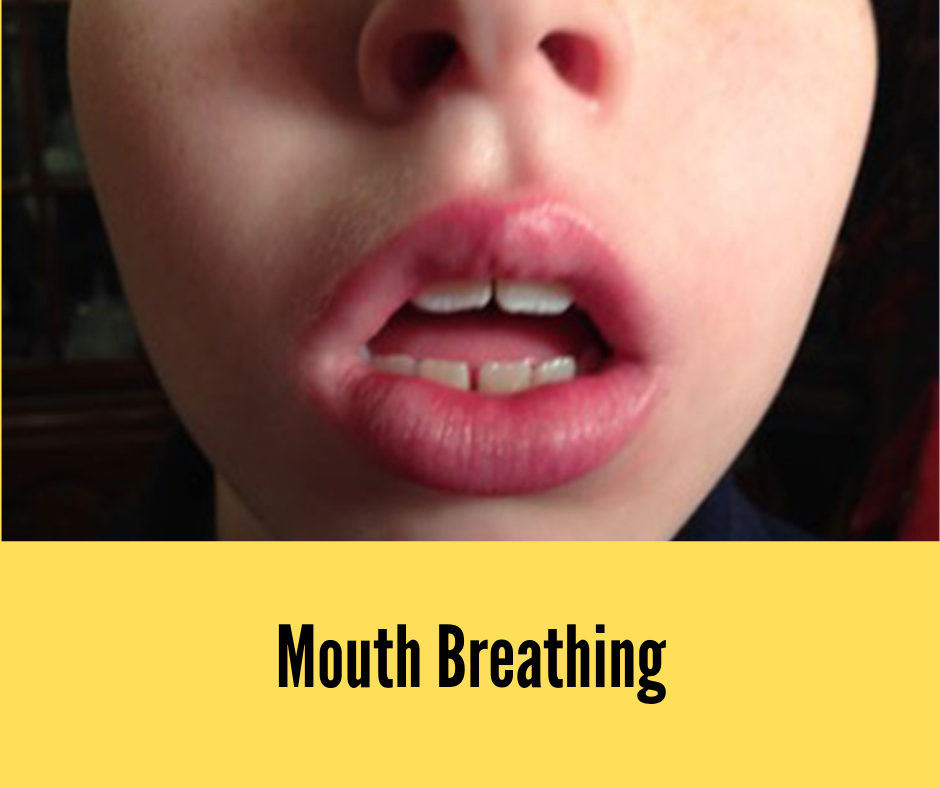

1. Crowded teeth
When there’s not enough room for your teeth to grow, their adult teeth grow in very bunched up, overlapped, and even twisted around in severe cases. This causes problems because crowded teeth make it difficult to brush and floss properly. This makes it easier for bacteria and plaque to build up. Long term, this can lead to gum disease and tooth decay. Periodically examine your child’s smile, are the teeth evenly side by side or are they overlapping at the edges? If it’s the latter it’s quite possible your child needs braces.
 2. Early or late loss of baby teeth.
2. Early or late loss of baby teeth.The phase when a child loses their baby teeth is between 6 and 12. If a child loses their baby teeth too early or too late, it may cause their teeth to grow into improper positions. As a rule of thumb, it’s a good idea to get an orthodontic consultation around age 7 at the earliest. In some situations, earlier intervention can lead to better results. But in other situations, it’s best to wait for the child’s teeth to develop a bit more before intervening. Either way, an orthodontic assessment is always a good idea to determine the best course of action.

3. Thumb sucking
Babies have a natural rooting reflex to accommodate bottle and breastfeeding. It helps them feel secure, which is why it sometimes continues on to toddlerhood. However, this sucking action can be damaging to a growing child’s teeth. Sucking, especially over prolonged periods, puts constant pressure on a child’s teeth, which causes them to grow outward. Here’s an article from the Mayo Clinic which has a helpful overview on thumb sucking as well as tips to break the habit.
 4. Mouth Breathing
4. Mouth Breathing
Healthy children should be able to easily and silently breathe through their noses. If you can hear and see your child breathing through their mouth all the time, this may mean that their current bite and jaw position is obstructing their breathing. When their breathing is obstructed, their brain is in high alert efforts to get more oxygen in their system. Therefore the brain does not get a chance to fully rest, which can cause several negative health effects; including hyperactivity, impulsivity, and lack of focus (Source: Dr. Sanjeev Kothare, director of Pediatric Sleep at New York University). Orthodontic treatment can clear up airway blockages, which in turn improves attentional issues.
Remember, these factors all suggest that one may need braces. But only a diagnosis by an orthodontic specialist will confirm what your child needs and will be able to create a custom treatment plan to adjust their teeth. If you notice any of these signs, bring your child to see an orthodontist as soon as possible.
Reviewed by:
Dr. Hillel Well DDS MSD
Orthodontist
Have a question or comment for the blog? Send us an email sabrina@georglimdental.com.
If you have a personal dental question or you’d like to schedule an appointment click here!

